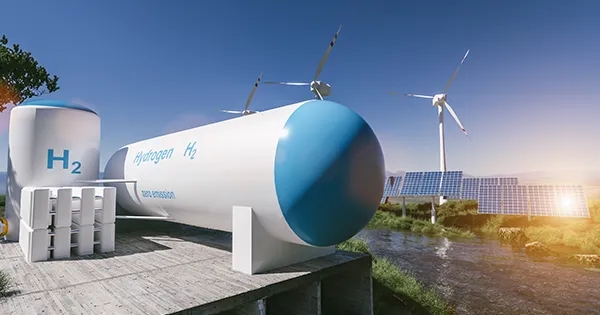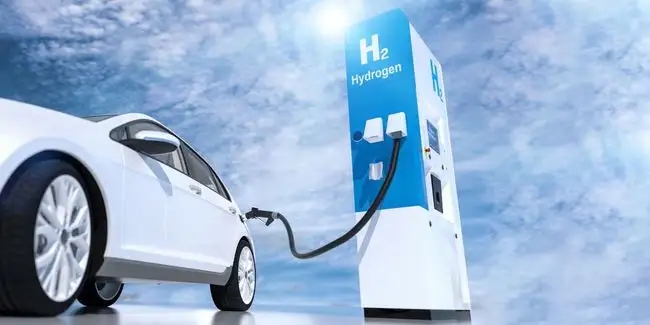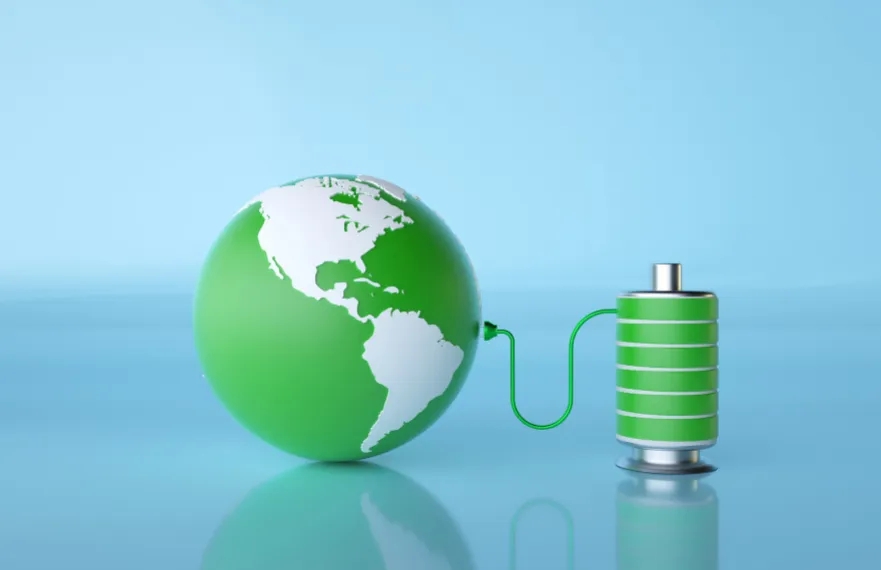
The National Development and Reform Commission released the medium and long-term plan (2021-2035) for the development of the hydrogen energy industry on March 23. In terms of industry positioning, the plan proposes to use hydrogen energy as an important part of the national energy system and give full play to hydrogen energy as a large-scale renewable energy source. The important carrier of efficient utilization and the advantages of large-scale and long-term energy storage promote the formation of a modern energy supply system with multiple complementarities and integration; at the same time, the plan proposes that hydrogen energy is a strategic emerging industry and a key development direction for future industries.
support policy
Among these formulations, compared with the previous management of "hydrogen" as an industrial hazardous chemical, the status of hydrogen energy has been significantly improved, which will help strengthen investors' confidence in the development of the hydrogen energy industry and boost the long-term expectations of the industry.
The plan puts forward specific development goals for some links in the industrial chain. By 2025, the number of fuel cell vehicles will be about 50,000, and a number of hydrogen refueling stations will be deployed; the hydrogen production from renewable energy will reach 100,000 to 200,000 tons per year, becoming the Add an important part of hydrogen energy consumption, and achieve CO2 emission reduction of 1 to 2 million tons per year.

Industry has opportunities
Hydrogen Energy refers to the chemical energy released by the chemical reaction of hydrogen and oxygen, which is a clean secondary energy. With the advantages of high energy density, zero pollution and zero emission, it is known as the "ultimate energy" in the 21st century.

Hydrogen itself is just an energy carrier, not energy itself. The preparation of hydrogen energy is more of an energy conversion process. Generally, light, wind, coal and other energy are converted into hydrogen, and then stored in a carbon fiber jar before use. Therefore, hydrogen energy is more like energy storage.
Upstream : mainly hydrogen production and supply, including hydrogen production, hydrogen storage, and hydrogenation. Among them, the hydrogenation link and hydrogenation station are important infrastructures.
my country's goal is to build at least 1,000 hydrogen refueling stations by 2025, with a compound growth rate of 53% from 2020 to 2025. The International Hydrogen Energy Commission predicts that by 2050, hydrogen energy will bear 18% of the global energy end demand, creating a market value of more than 2.5 trillion US dollars, and the global share of fuel cell vehicles will increase to 20%-25%.
Midstream link : mainly fuel cells and their industrial chain.
Downstream links : mainly applications, including hydrogen energy vehicles and rail transit in transportation; power systems and power supplies for stationary applications; military and aerospace.
The goal of promoting the number of fuel cell vehicles is relatively stable, and the plan for "green hydrogen" is slightly higher than expected, because the market generally believed that the cost parity of green hydrogen will be achieved in 2030, and then "green hydrogen" will be released on a large scale. It is expected that the new increase of fuel cell vehicles in 2022 is expected to reach the level of 8,000 to 10,000 vehicles, and it is optimistic that the number of fuel cell vehicles will reach the scale of 90,000 to 100,000 vehicles in 2025.
Application has scenarios
The application scenarios are rich and diverse, and four application directions are proposed in the plan:
1- "Orderly advance" in the field of hydrogen energy vehicles, mainly to promote hydrogen energy commercial vehicles. In the field of vehicles, hydrogen energy will be a supplement to lithium batteries. 2-In the field of energy storage, "give full play to the advantages of hydrogen energy's long adjustment period and large energy storage capacity", create the integration of "wind-solar hydrogen storage", and "explore the potential for synergistic optimization of hydrogen energy across energy networks". In the future, hydrogen energy will play more of a role in The role of flexible energy conversion carriers. 3- Promote the application of hydrogen energy in the field of distributed energy, and explore the research, development and demonstration of fuel cell-based power generation peak regulation technology in renewable energy bases. 4-Explore the application of hydrogen energy as a high-quality heat source in industrial production, and expand the application scale of hydrogen energy to replace fossil energy in the industrial field. In the future, hydrogen energy will play a key role in industrial carbon reduction and is an indispensable part of "carbon neutrality". ring.
Investment Strategy
The medium- and long-term plan clarifies the important position of hydrogen energy in the energy system, which is conducive to boosting the market's confidence in the long-term development of the industry, and also outlines the future development of the industry. In the field of modern energy and industrial carbon reduction, hydrogen energy will play a greater role and become an indispensable energy source in the "dual carbon" process.
Looking to the future, from demonstration to market, the hydrogen energy industry still has a long way to go, and there are also many exam questions left to industry chain enterprises.
How to coordinate to expand the scale of demonstration and push the industry from demonstration applications to the commercial market; how to resonate to form an economical, convenient and efficient hydrogen energy storage and transportation service; how to layout to build a multi-channel and diversified hydrogen energy supply system .
Welcome to the comment area to discuss with us.
The article is an analysis point of view of Jingtai and does not constitute investment advice. Please read it carefully.





